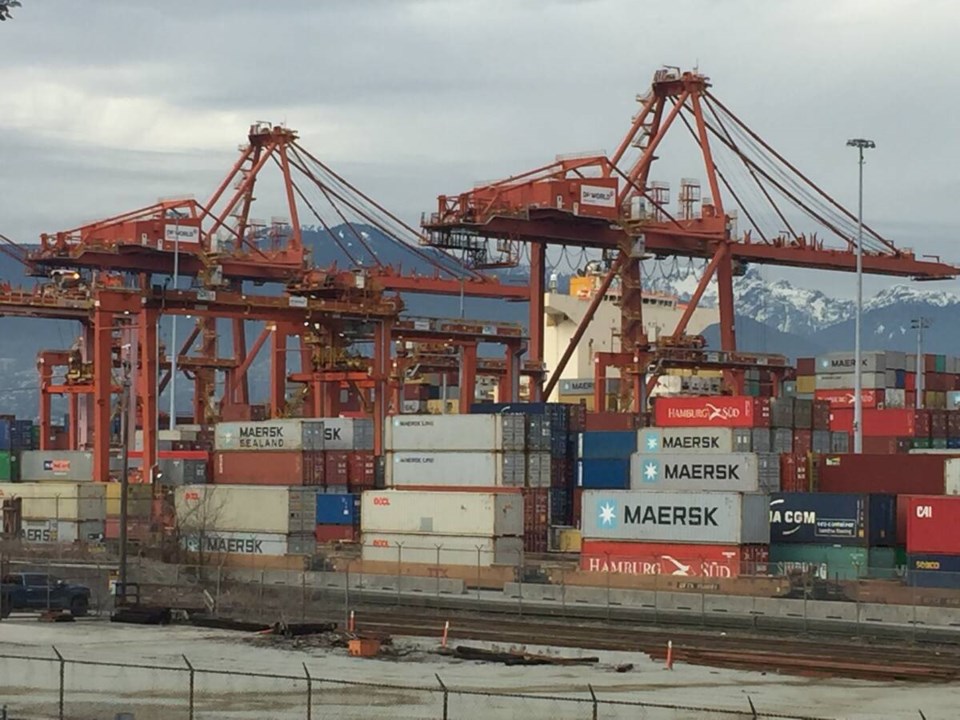SASKATOON — One Canadian business is thriving despite the tariff mayhem in the country’s top two export markets.
“There has been a surge in demand for our services,” said Ashley Kanary, director of agri-food with Export Development Canada (EDC), a federal crown corporation.
Agricultural exporters are keen to diversify markets in the wake of China’s tariffs and the discombobulating on-again/off-again tariffs in the United States.
“They’re coming to EDC asking, ‘where do I go?’ ” he said.
“We do the research, and we let them know what sells best where.”
It’s not just finding new markets; it is finding the right people to talk to in those markets.
“Our team has been leaning in really heavily on unravelling that for Canadian exporters,” said Kanary.
Groups such as Saskatchewan Pulse Growers have a renewed emphasis on diversification.
“The additional focus on trade recently has reinforced the need to continue our existing strategy on market diversification, including with the U.S. and EU, but also with increased attention to Southeast Asia and Latin America,” SPG executive director Carl Potts said in a recent newsletter.
The Canadian Federation of Independent Business (CFIB) reports that 88 pe rcent of agri-businesses say Canada should strengthen trade ties with other countries besides China and the U.S. due to the rising trade tensions.
The group says 23 per cent of Canadian agricultural and seafood products have taken a “direct hit” from China’s tariffs on canola oil, canola meal and peas, as well as certain pork, fish and seafood products.
“These producers need greater attention and support,” Juliette Nicolay, policy analyst at CFIB, said in a recent press release.
The group is urging the federal government to reduce the tax and regulatory burden on agri-business and ensure support programs properly address the scope of the current challenges.
Kanary said agri-food exporters still want to service the U.S. and Chinese markets because they are massive, but all the recent calamity has them wanting to explore alternative markets as well.
The Indo-Pacific region is at the top of the list because it is a high-growth market where EDC has opened new offices and hired staff.
EDC has been receiving many inquiries from customers interested in doing business in Japan, South Korea, Vietnam and Philippines.
Mexico is another market exporters should consider. Mexican retailers and food companies came to Canada looking for supplies when it appeared there could be retaliatory tariffs against U.S. agri-food products.
“They’re in the same boat we are, just further south,” said Kanary.
“We’ve been having lots of discussions with Mexican food corporations to find them great Canadian supplies.”
European food conglomerates are also looking to Canada for product in the wake of global tariffs. EDC has offices in Europe that can help exporters determine what countries would be good targets for their products in that expansive region.
Some Canadian companies have already taken the plunge into new markets, while others are just sticking their toe in the water by planning to attend trade shows outside of the U.S. and China.
The Private Label Manufacturers Association trade show in Amsterdam and the Anuga show in Cologne are two examples of events that could benefit Canadian exporters. Canada has pavilions at those shows and others around the world.
The biggest concern exporters have when entering a new market is whether they are going to get paid. EDC offers insurance products that ensure that they will.
Kanary said EDC also plays a role in the domestic market by investing in Canadian agri-food processing operations.
“We will look to partner with their existing bank and get working capital invested into the business for them,” he said.
It is primarily investing in value-added agriculture, but EDC also directs working capital to large farming operations.
“We have high interest in automation and agri-tech and helping farms become more profitable (with) higher yields,” said Kanary.
About the author
Related Coverage




